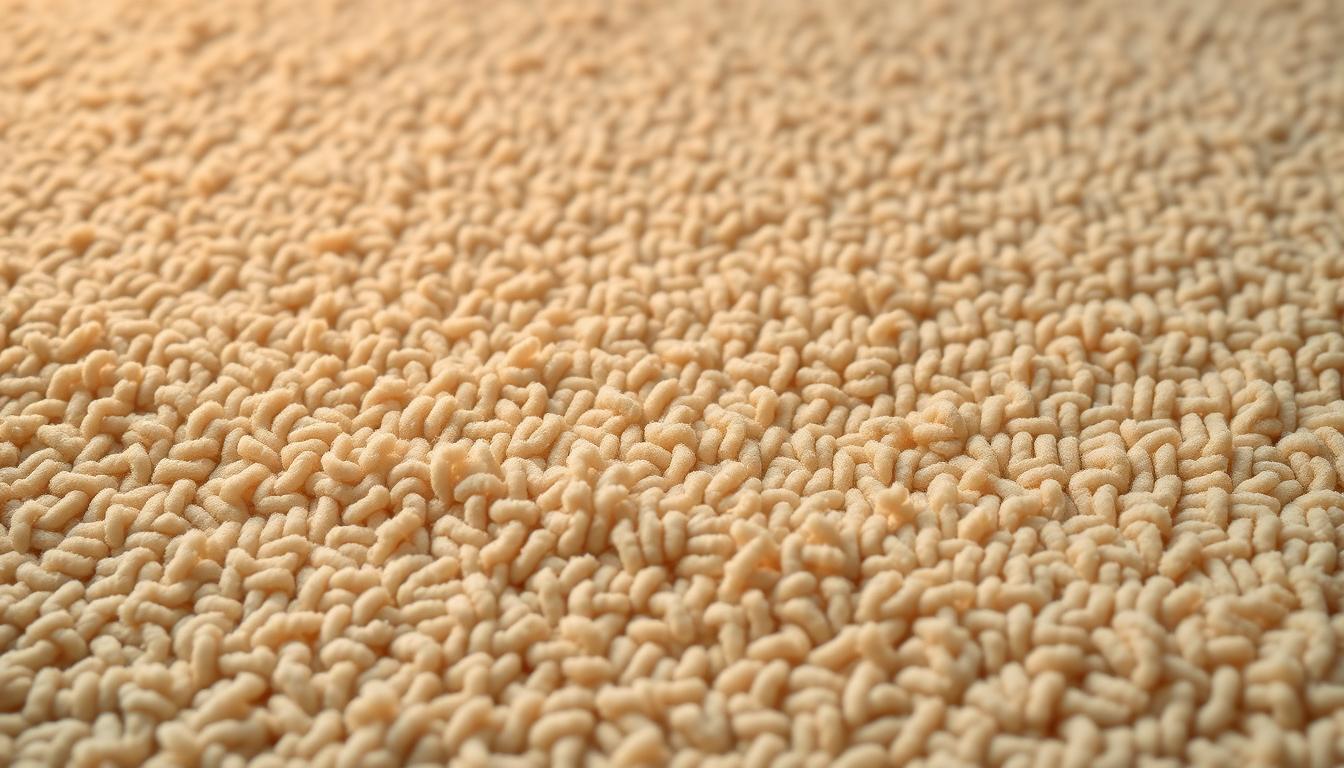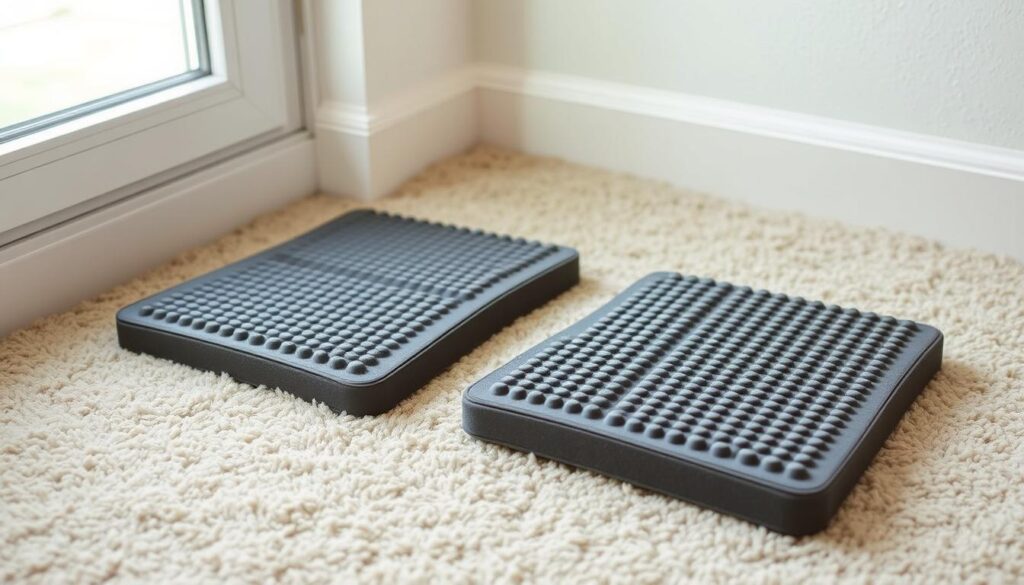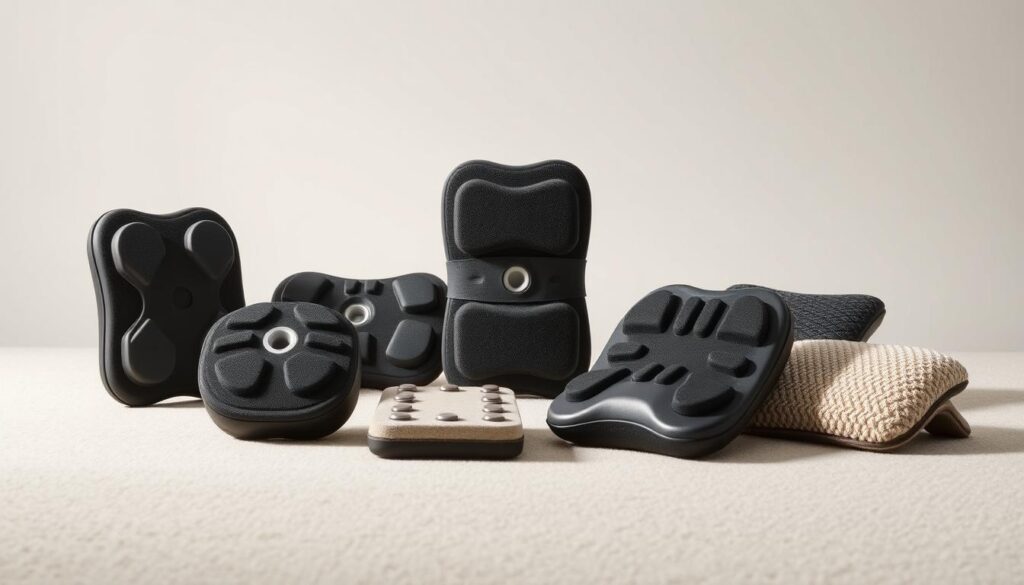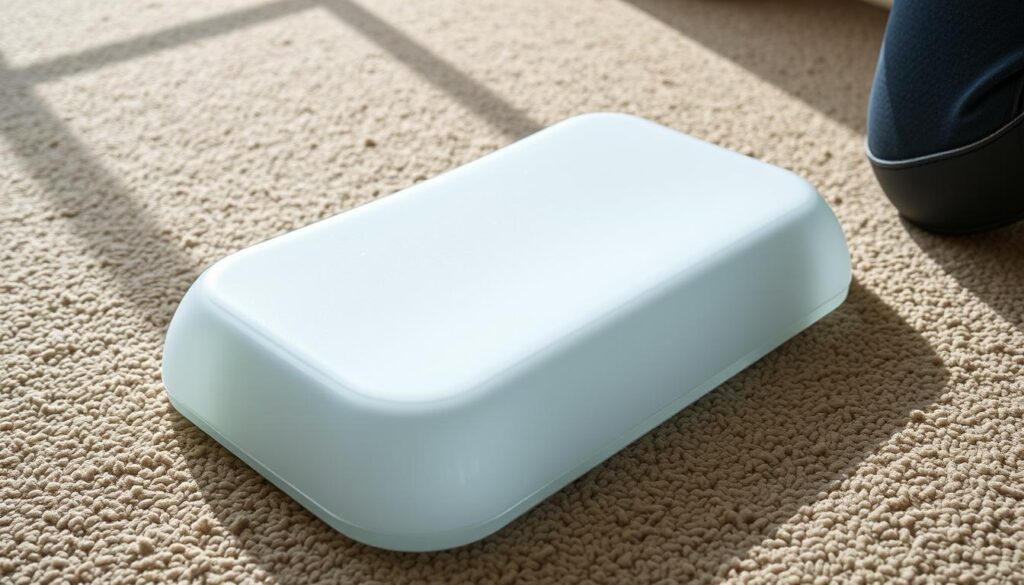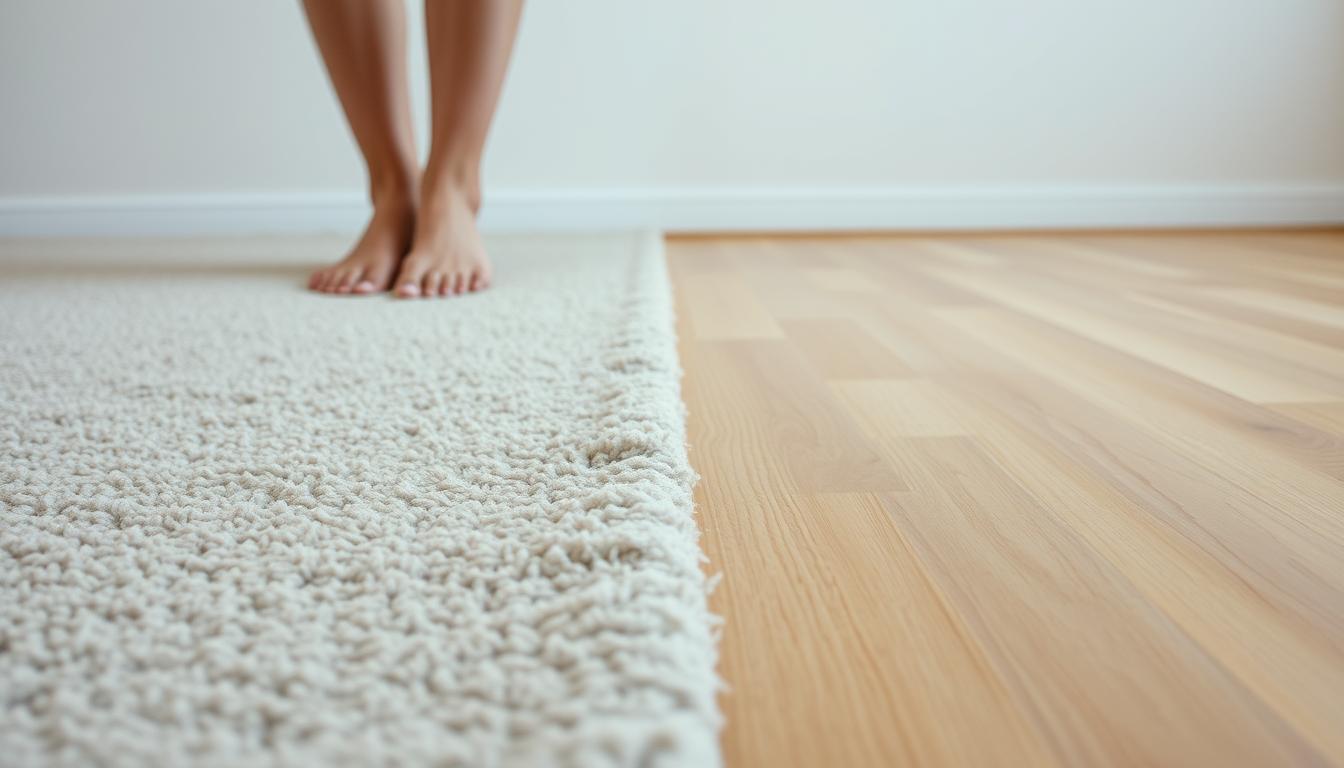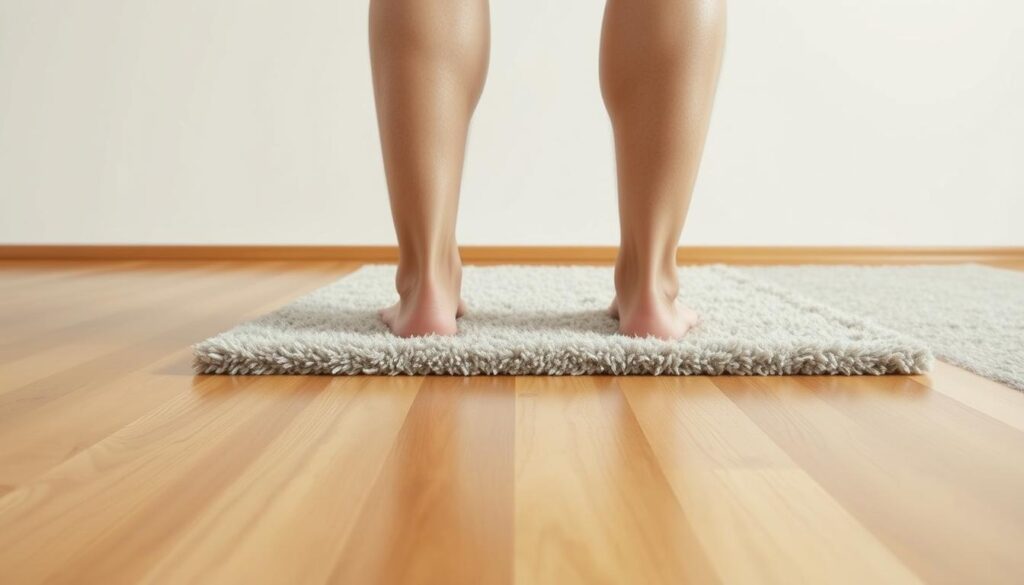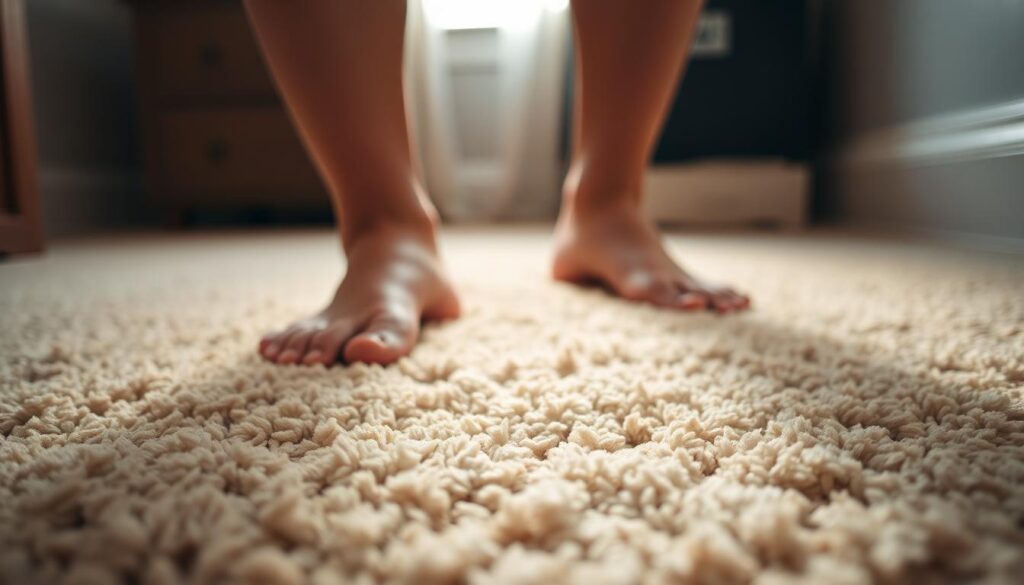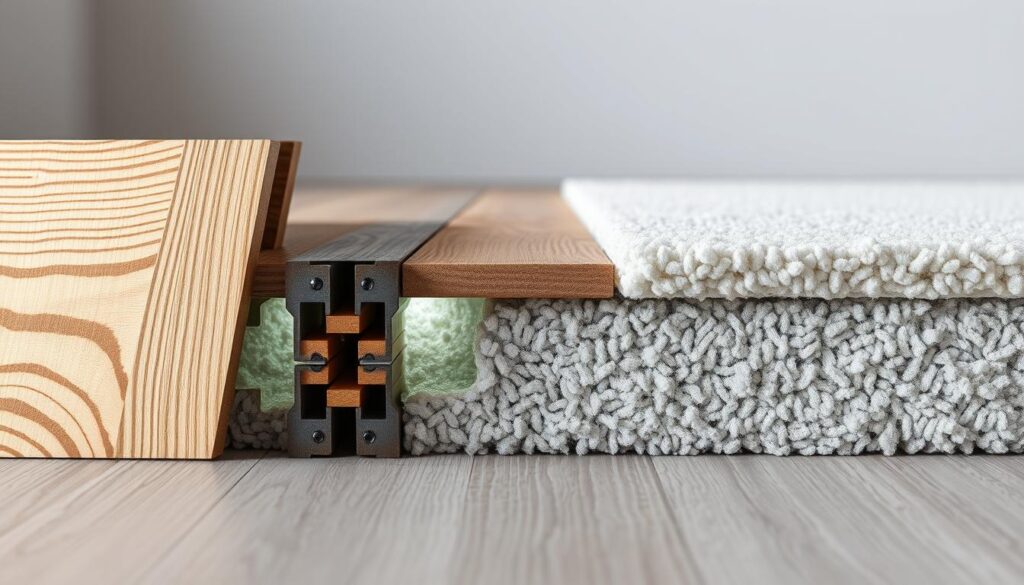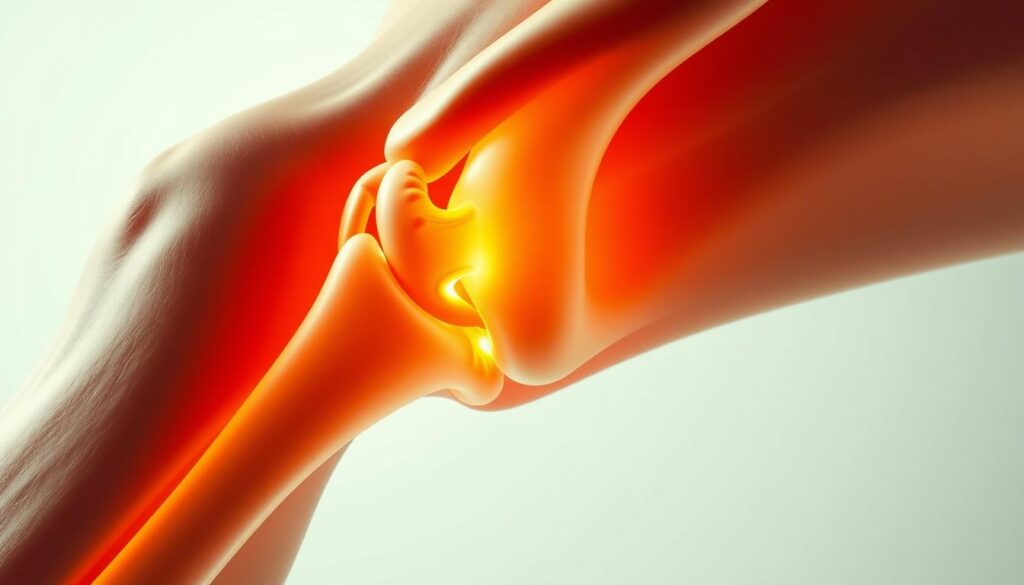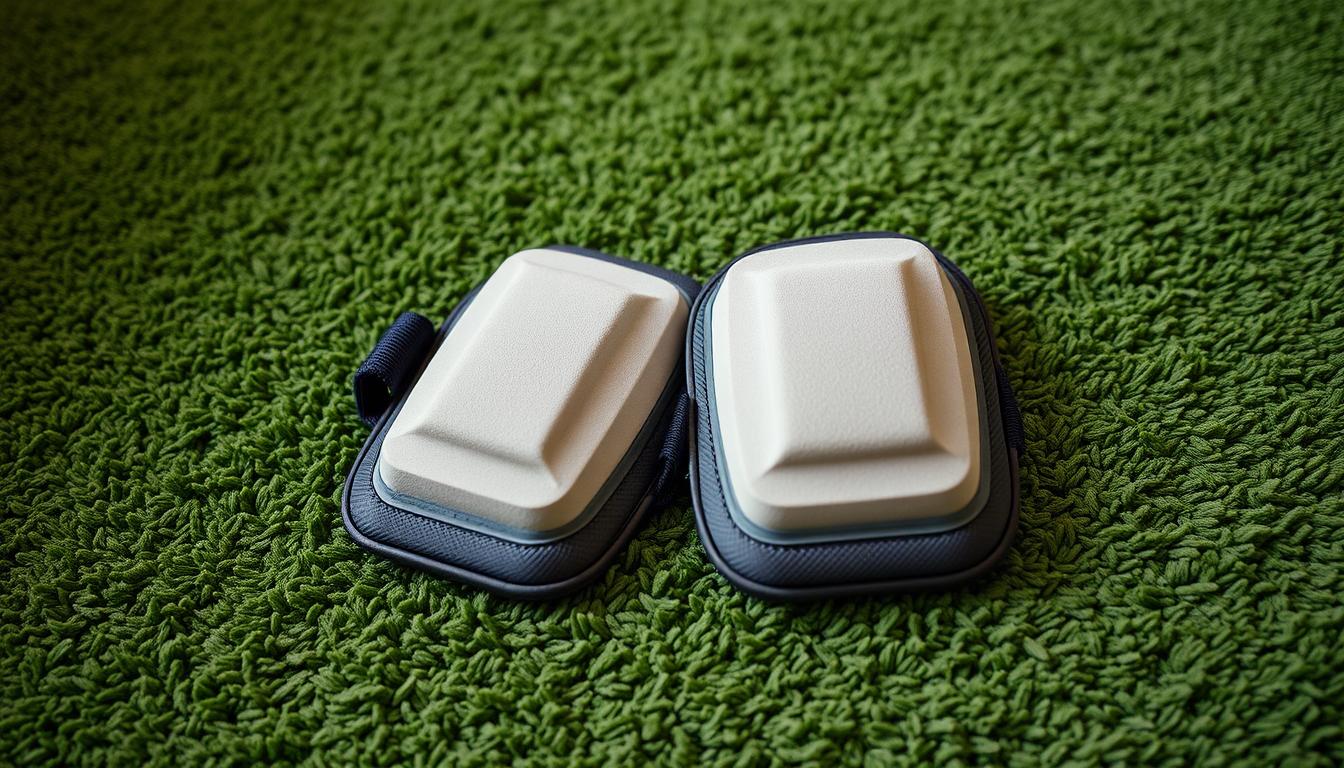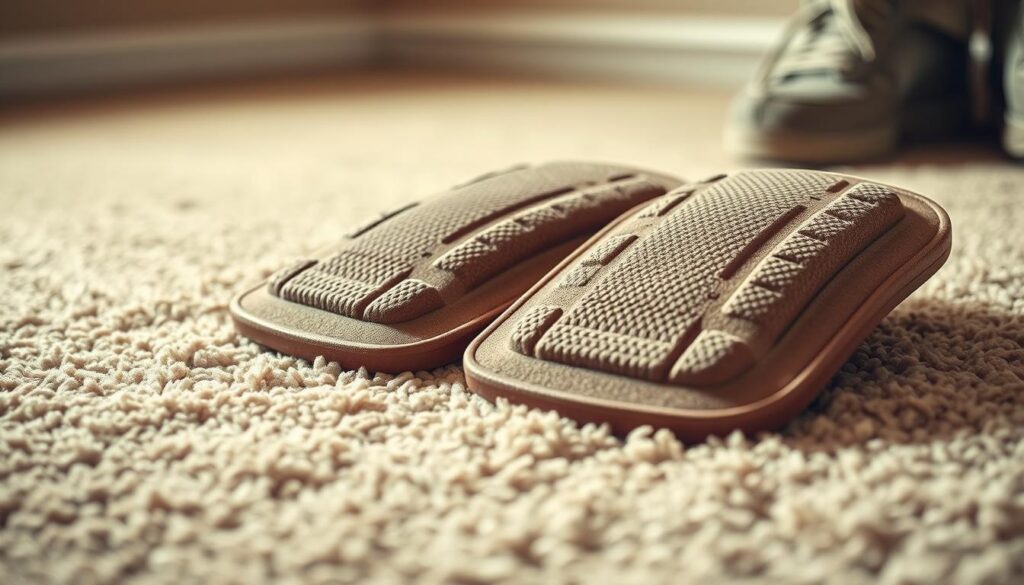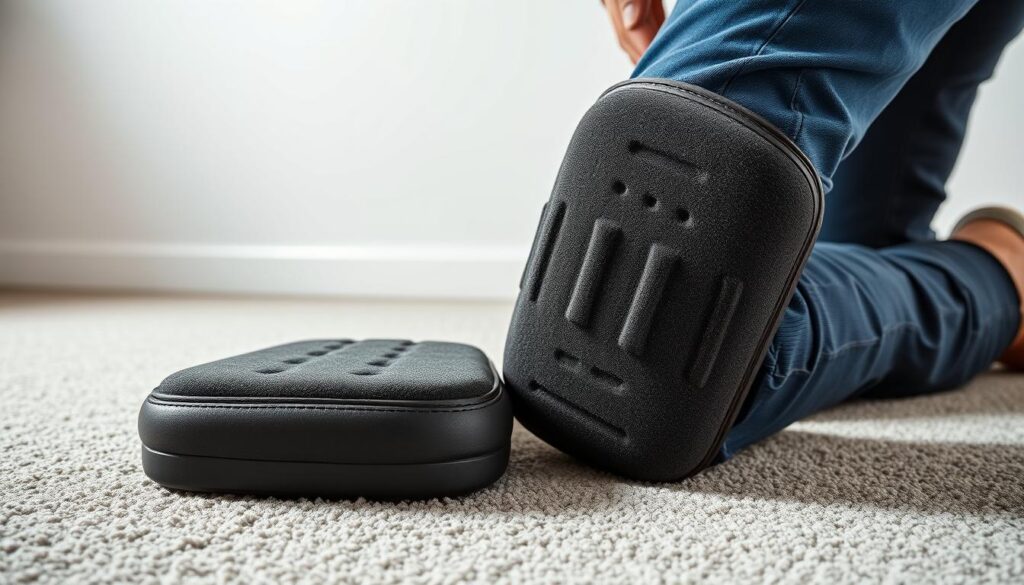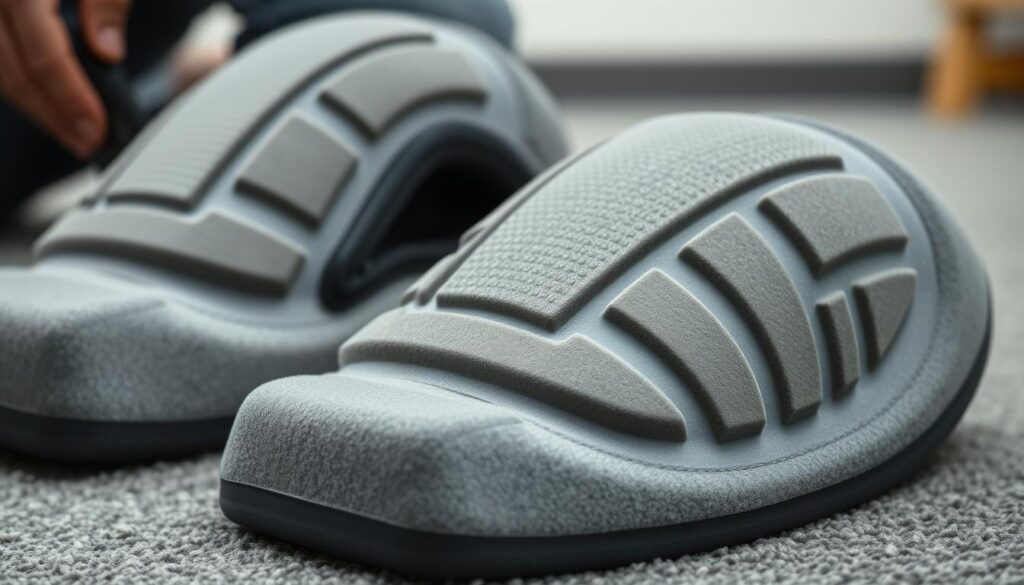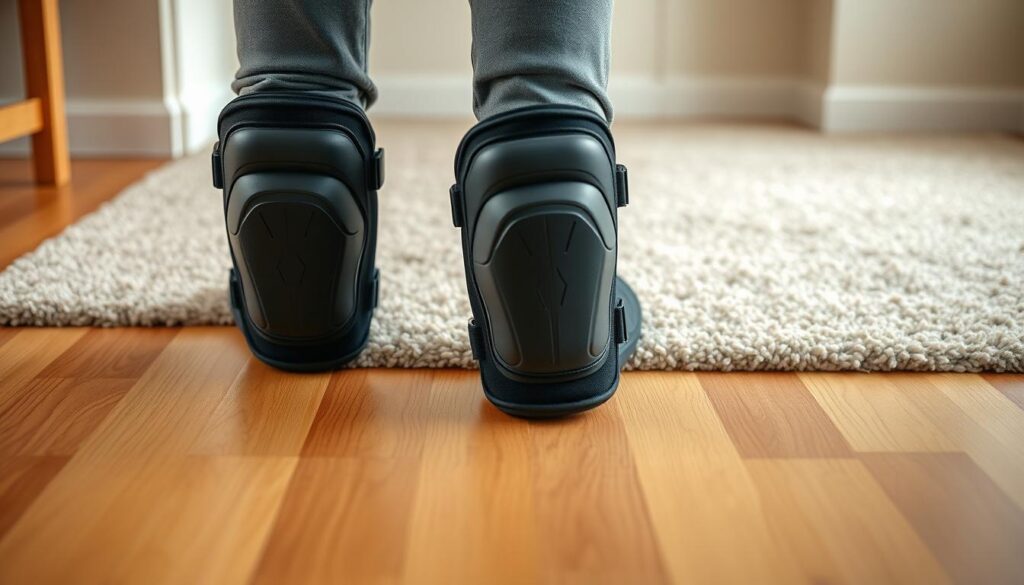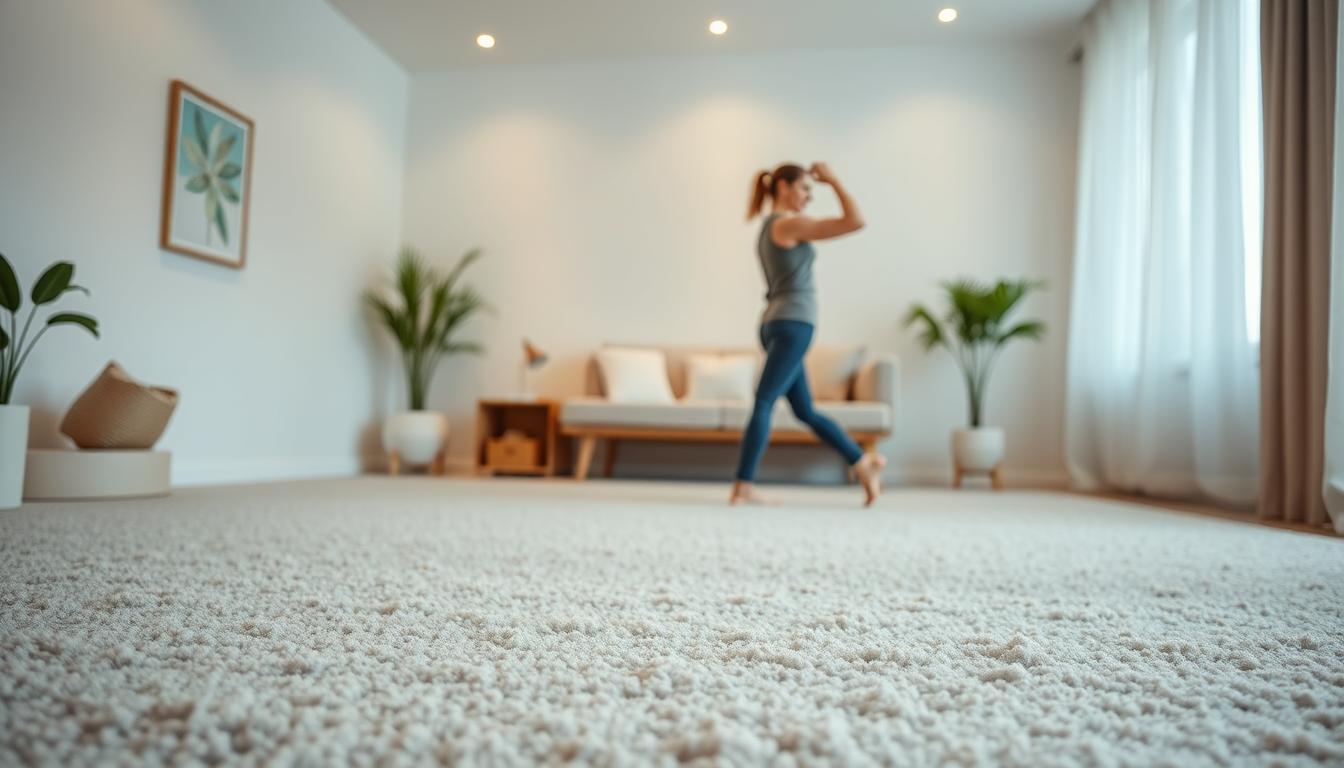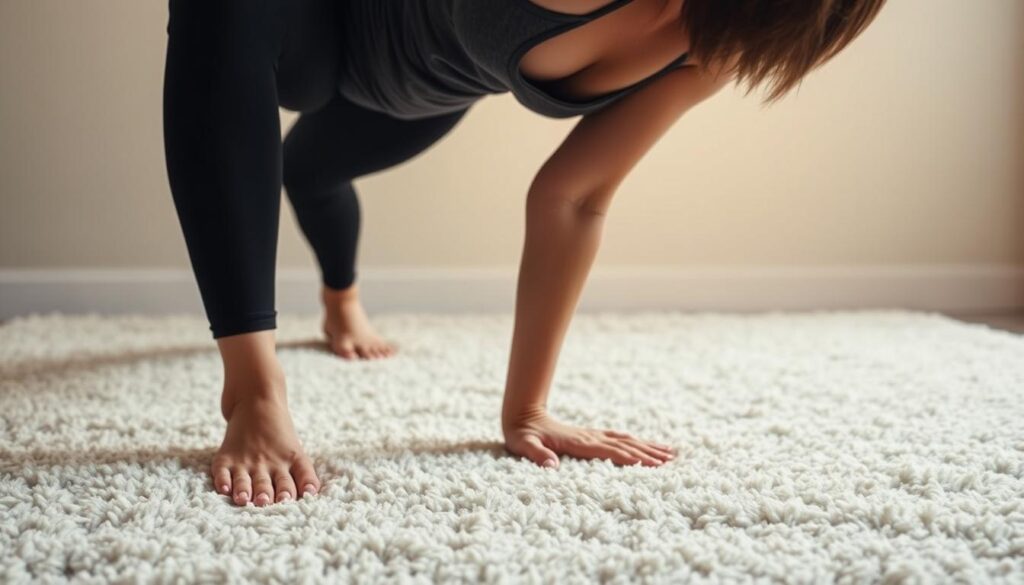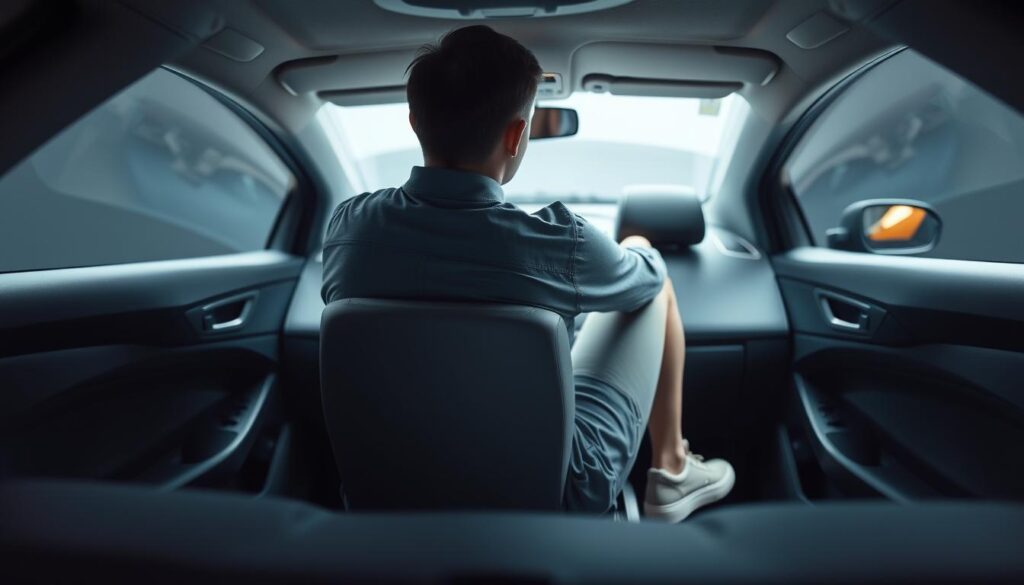Rheumatoid arthritis (RA) is a chronic autoimmune disease that follows a progressive course, typically worsening over time without proper treatment. As a physical therapist with three decades of experience, I’ve worked with hundreds of patients across all stages of this condition. Understanding the four stages of rheumatoid arthritis can help patients and their families recognize symptoms earlier, seek appropriate treatment, and better manage this challenging condition.
Understanding Rheumatoid Arthritis: The Basics
Before diving into the stages, it’s essential to understand what RA is and how it differs from other forms of arthritis. Rheumatoid arthritis is an autoimmune disorder where your immune system mistakenly attacks your own joint tissues, primarily targeting the synovium—the lining of the membranes surrounding your joints. This immune response causes inflammation that thickens the synovium, eventually destroying cartilage and bone within the joint and weakening supporting ligaments and tendons.
The 4 Stages of Rheumatoid Arthritis Progression
Understanding the progression of RA from early symptoms to advanced joint damage
Early Stage RA
🔍 Joint Changes
- Synovial inflammation begins
- Joint swelling and tenderness
- No visible bone damage on X-rays
- Synovial thickening
⚠️ Symptoms
- Morning stiffness (>30 min)
- Joint pain and swelling
- Fatigue and malaise
- Low-grade fever
🏃 Functional Impact
- Minimal disability
- Some difficulty with fine motor tasks
- Normal daily activities mostly preserved
- Work performance may be affected
💊 Treatment Approach
- Early DMARD therapy (Methotrexate)
- NSAIDs for symptom relief
- Corticosteroids (short-term)
- Patient education and lifestyle changes
Moderate Stage RA
🔍 Joint Changes
- Cartilage damage begins
- Increased synovial inflammation
- Early bone erosions visible
- Joint space narrowing
⚠️ Symptoms
- Persistent joint pain and swelling
- Prolonged morning stiffness
- Increased fatigue
- Possible rheumatoid nodules
🏃 Functional Impact
- Noticeable functional limitations
- Difficulty with gripping and lifting
- Some daily activities affected
- Work modifications may be needed
💊 Treatment Approach
- Combination DMARD therapy
- Possible biologic introduction
- Continued symptom management
- Physical and occupational therapy
Severe Stage RA
🔍 Joint Changes
- Significant cartilage loss
- Multiple bone erosions
- Joint deformity begins
- Tendon damage and rupture
⚠️ Symptoms
- Severe joint pain and swelling
- Significant morning stiffness
- Extreme fatigue
- Systemic complications
🏃 Functional Impact
- Major functional limitations
- Difficulty with basic daily activities
- Mobility significantly impaired
- May require assistive devices
💊 Treatment Approach
- Aggressive biologic therapy
- Multiple DMARD combinations
- Joint injections
- Comprehensive rehabilitation
End-Stage RA
🔍 Joint Changes
- Complete cartilage destruction
- Extensive bone erosions
- Severe joint deformity
- Joint fusion (ankylosis)
⚠️ Symptoms
- Chronic severe pain
- Permanent joint stiffness
- Debilitating fatigue
- Multiple organ involvement
🏃 Functional Impact
- Severe disability
- Dependence for daily activities
- Wheelchair or mobility aid dependent
- Quality of life severely impacted
💊 Treatment Approach
- Salvage biologic therapy
- Joint replacement surgery
- Palliative care measures
- Comprehensive support services
Unlike osteoarthritis, which results primarily from wear and tear, RA is a systemic disease that can affect multiple organs beyond the joints. It typically affects joints symmetrically—meaning if a joint on one side of the body is affected, the corresponding joint on the other side is likely affected too.https://www.youtube.com/embed/VIDEO_ID *Video suggestion: An educational video explaining the autoimmune process of rheumatoid arthritis, showing how the disease progresses from early inflammation to joint damage. The video should include medical animations of the immune system attacking joint tissues and explain how this leads to the various stages of the disease.*
The Four Stages of Rheumatoid Arthritis
Rheumatoid arthritis typically progresses through four distinct stages, though the rate of progression varies significantly between individuals. Early diagnosis and treatment can dramatically slow this progression and sometimes even achieve remission, especially when intervention occurs during the earlier stages.
Stage 1: Early RA
The first stage of rheumatoid arthritis, often called Early RA, involves the initial inflammation of the synovial membrane. During this stage, the immune system begins to attack the synovial membrane, causing it to swell and thicken.
What’s Happening Inside the Joints:
- Synovial membrane inflammation begins
- Production of excess synovial fluid starts
- No visible bone or cartilage damage yet
- Antibodies like rheumatoid factor (RF) and anti-CCP may be present in blood tests
External Signs and Symptoms:
- Mild joint pain, particularly in smaller joints like fingers and toes
- Morning stiffness lasting 30 minutes or longer
- Subtle joint swelling that may come and go
- Fatigue that seems disproportionate to activity levels
- Low-grade fever in some cases
- Symptoms often appearing symmetrically on both sides of the body
Diagnostic Challenges: Early RA can be difficult to diagnose because symptoms may be subtle or intermittent. X-rays typically show no damage at this stage, though more sensitive imaging like ultrasound or MRI might detect early synovial inflammation. Blood tests for inflammatory markers and RA-specific antibodies can be helpful but aren’t definitive on their own.
Treatment Approaches: This stage represents the “window of opportunity” where aggressive treatment can potentially prevent joint damage and even achieve remission. Treatment typically includes:
- Disease-modifying antirheumatic drugs (DMARDs) like methotrexate
- Anti-inflammatory medications to manage symptoms
- Lifestyle modifications including gentle exercise
- Joint protection education
- Monitoring for disease progression
Prognosis: With early, aggressive treatment, many patients can achieve low disease activity or even remission. Without proper treatment, approximately 70% of patients with early RA will develop joint erosions within 2 years.
Stage 2: Moderate RA
In the second stage, inflammation progresses and begins to damage the cartilage within the joint. The synovium continues to thicken, and cartilage starts to erode.

What’s Happening Inside the Joints:
- Cartilage damage begins
- Continued synovial thickening
- Early pannus formation (granulation tissue that invades cartilage)
- Joint space narrowing becomes visible on X-rays
- Ligaments and tendons around the joint may begin to weaken
External Signs and Symptoms:
- More persistent joint pain and swelling
- Morning stiffness lasting longer (often several hours)
- Visible joint swelling that’s more constant
- Decreased range of motion in affected joints
- Increased fatigue affecting daily activities
- Multiple joint involvement becoming more common
- Early development of joint deformities in some cases
Functional Impacts: At this stage, patients often begin to experience limitations in daily activities:
- Difficulty with fine motor tasks like buttoning clothes or opening jars
- Challenges with prolonged standing or walking
- Decreased grip strength
- Work productivity may be affected
- Sleep disturbances due to pain
Treatment Approaches: Treatment becomes more aggressive at this stage to prevent further damage:
- More intensive DMARD therapy, often with combination approaches
- Potential addition of biologic medications
- More focused physical and occupational therapy
- Consideration of corticosteroid injections for particularly troublesome joints
- More comprehensive pain management strategies
Prognosis: With appropriate treatment, progression can still be significantly slowed. Without intervention, continued joint damage is likely, with increasing functional limitations.
Stage 3: Severe RA
In Stage 3, inflammation has caused significant damage to both cartilage and bone. Joint deformity becomes more apparent, and mobility is more severely affected.

What’s Happening Inside the Joints:
- Extensive cartilage loss
- Significant bone erosion
- Advanced pannus formation
- Joint space narrowing clearly visible on X-rays
- Ligament and tendon damage leading to joint instability
- Muscle atrophy around affected joints
External Signs and Symptoms:
- Visible joint deformities
- Significant reduction in range of motion
- Persistent inflammation and pain
- Joint instability
- Muscle weakness and atrophy
- Potential for joint subluxation (partial dislocation)
- Extra-articular manifestations (symptoms outside the joints) may be more apparent
Common Deformities:
- Ulnar deviation (fingers drift toward the little finger)
- Boutonnière deformity (bent middle finger joint, straightened end joint)
- Swan-neck deformity (hyperextended middle joint, flexed end joint)
- Hallux valgus (bunion formation)
- Ankle and foot deformities affecting gait
- Cervical spine involvement potentially causing neurological symptoms
Functional Limitations:
- Significant difficulty with activities of daily living
- Potential need for assistive devices
- Work limitations often substantial
- Difficulty with mobility including stair climbing
- Challenges with self-care activities
Treatment Approaches:
- More aggressive biologic therapy
- Combination therapy approaches
- Consideration of surgical interventions:
- Synovectomy (removal of inflamed synovium)
- Joint reconstructions
- Joint replacements in some cases
- More intensive rehabilitation strategies
- Greater focus on adaptive equipment and environmental modifications
Prognosis: At this stage, damage cannot be reversed, but progression can still be slowed. The focus shifts to managing symptoms, maintaining function, and preventing further joint deterioration.
Stage 4: End-Stage RA
The final stage of rheumatoid arthritis represents the most advanced disease state. At this point, inflammation may actually decrease as the joints become inactive or “burned out,” but the damage is severe and often permanently disabling.
![Stage 4 RA Functional Adaptations] Image suggestion: A photograph showing a person with end-stage RA performing daily activities using specialized adaptive equipment, demonstrating both the challenges and solutions for maintaining independence despite severe joint limitations.
What’s Happening Inside the Joints:
- Complete loss of cartilage
- Extensive bone destruction
- Joint ankylosis (fusion) in many cases
- Loss of joint space
- Severe fibrosis and scarring
- Potential complete subluxation or dislocation
External Signs and Symptoms:
- Fixed joint deformities
- Severely limited or absent joint motion
- Joint fusion in some cases
- Pain may actually decrease if joints completely fuse
- Significant muscle atrophy
- Limb shortening possible in severe cases
Functional Status:
- Major limitations in mobility and self-care
- High likelihood of requiring mobility aids
- Difficulty with basic activities of daily living
- Potential for dependence on caregivers
- Significant lifestyle modifications required
Treatment Approaches: At this stage, treatment focuses on:
- Pain management
- Maximizing remaining function
- Surgical interventions:
- Joint replacement surgeries
- Joint fusion in certain situations
- Extensive use of adaptive equipment
- Environmental modifications
- Caregiver training and support
- Focus on quality of life measures
Major Surgical Considerations: End-stage RA often requires surgical intervention. Common procedures include:
- Total joint replacements (particularly knees, hips, shoulders)
- Joint fusion procedures for certain joints (wrist, ankle)
- Specialized hand and foot procedures
- Cervical spine stabilization when necessary
The goals of surgery at this stage are to reduce pain, improve function, and prevent further complications. However, surgical outcomes can be more complicated in RA patients due to poor bone quality, complex deformities, and systemic disease factors.
Modern Treatment Approaches Across All Stages
Treatment philosophies for RA have evolved significantly over the past two decades. Current approaches focus on early, aggressive intervention with a “treat-to-target” strategy aiming for remission or low disease activity.
![Modern RA Treatment Approaches] Image suggestion: A clinical photograph showing a healthcare provider discussing treatment options with a rheumatoid arthritis patient, displaying modern treatment tools such as medication management apps, joint protection devices, and educational materials.
Medication Evolution
Modern medication approaches include:
Conventional DMARDs:
- Methotrexate (still considered the anchor drug)
- Hydroxychloroquine
- Sulfasalazine
- Leflunomide
Biologic DMARDs:
- TNF inhibitors (adalimumab, etanercept, infliximab)
- IL-6 inhibitors (tocilizumab)
- T-cell co-stimulation modulators (abatacept)
- B-cell depleting agents (rituximab)
Targeted Synthetic DMARDs:
- JAK inhibitors (tofacitinib, baricitinib, upadacitinib)
Combination Approaches: Research has shown that combination therapy, particularly in early disease, can be more effective than monotherapy in preventing progression through the stages of RA.
The Role of Physical Therapy Across Stages
As a physical therapist, I’ve found that appropriate PT interventions at each stage are crucial for maintaining function and quality of life:
Stage 1:
- Joint protection education
- Maintenance of full range of motion
- Appropriate aerobic conditioning
- Proper strengthening without exacerbating inflammation
Stage 2:
- More focused joint protection strategies
- Specific exercise modifications
- Introduction of assistive devices when needed
- Pain management modalities
Stage 3:
- Adaptive technique training
- More extensive assistive device training
- Specialized strengthening for compromised joints
- Energy conservation techniques
Stage 4:
- Maximizing independence with remaining function
- Advanced adaptive equipment training
- Caregiver education
- Environmental modification recommendations
Importance of Multidisciplinary Care
Optimal management of RA requires a team approach including:
- Rheumatologist for medication management
- Primary care provider for general health
- Physical therapist for mobility and function
- Occupational therapist for hand function and ADLs
- Orthopedic surgeon when surgical intervention is needed
- Mental health professional for psychological support
- Nutritionist for dietary guidance
Living Well with RA: Patient Strategies
Despite the progressive nature of RA, many patients maintain good quality of life with proper management strategies.
Self-Management Techniques by Stage
Early Stages (1-2):
- Establishing regular exercise routines that don’t exacerbate symptoms
- Learning joint protection techniques
- Developing good sleep hygiene
- Stress management strategies
- Medication adherence
Later Stages (3-4):
- Energy conservation techniques
- Use of appropriate assistive devices
- Home modifications
- Advanced pain management approaches
- Adaptation of valued activities
Mental Health Considerations
The psychological impact of RA cannot be overstated. Depression and anxiety are common comorbidities, with studies showing depression rates 2-3 times higher in RA patients compared to the general population.
Effective strategies include:
- Participation in support groups
- Mindfulness and stress reduction techniques
- Cognitive behavioral therapy
- Appropriate medication when needed
- Maintaining social connections despite physical limitations
Future Directions in RA Treatment
Research continues to advance our understanding and treatment of rheumatoid arthritis:
- Precision medicine approaches to tailor treatment to individual patients
- New biologic targets being identified
- Advanced imaging techniques for earlier detection
- Regenerative medicine approaches for joint repair
- Potential for true immunological remission
Conclusion: Why Understanding the Stages Matters
Understanding the four stages of rheumatoid arthritis empowers patients and providers to:
- Recognize symptoms early and seek immediate treatment
- Set appropriate expectations for each stage
- Make informed treatment decisions
- Prepare proactively for potential future needs
- Advocate effectively within the healthcare system
The key takeaway from my decades of clinical experience is that early intervention makes a profound difference in long-term outcomes. Patients diagnosed and treated in Stages 1-2 have significantly better functional outcomes than those who begin treatment in later stages.
If you’re experiencing symptoms that might suggest early RA—particularly persistent morning stiffness, symmetrical joint pain, or unusual fatigue—don’t wait to seek medical attention. Today’s treatments offer the real possibility of changing the trajectory of this disease, potentially preventing progression through these stages and maintaining quality of life for years to come.
Image, Video and Graphic Suggestions for All Three Articles:
Article 1: What Does a Torn Meniscus Look Like on the Outside
Images:
- Knee Anatomy Showing Meniscus Location – Anatomical diagram showing the knee joint with the medial and lateral meniscus highlighted
- Knee with Joint Line Swelling – Comparative photo showing normal knee vs. one with meniscus tear swelling
- Person Demonstrating Difficulty with Stairs – Photo showing compensation patterns when navigating stairs with a meniscus tear
- Post-Arthroscopic Knee – Photo showing a knee after arthroscopic meniscus repair with visible portal incisions
Video:
- Clinical Assessment of Meniscus Tear – Video showing a physician demonstrating how to assess for visible signs of meniscus tears, including observation techniques and functional tests visible from the outside
Graphic:
- Types of Meniscus Tears and Their External Appearance – Chart showing different meniscus tear patterns and corresponding external visual changes
Article 2: Sunbeam Heating Pad: The Complete Guide for Knee Pain Relief
Images:
- Person Using Heating Pad on Knee – Photo showing proper placement on knee joint
- Contoured Heating Pad Wrapped Around Knee – Photo showing how a shaped pad fits the joint
- Heating Pad Placement for Quadriceps – Photo demonstrating placement for muscle tension
- Complete Knee Management System – Photo showing comprehensive approach with heating pad and other tools
Video:
- Heating Pad Application Techniques – Video demonstrating proper application methods for different knee conditions, showing correct placement, layering techniques, and safety considerations
Graphic:
- Optimal Heating Pad Placement for Different Knee Conditions – Diagram showing proper pad positioning for various conditions
Article 3: What Are the 4 Stages of Rheumatoid Arthritis
Images:
- Normal Joint vs. RA Joint Comparison – Side-by-side anatomical illustration
- Stage 2 RA Hand X-ray – Medical imaging showing moderate changes
- Stage 3 RA Joint Deformities – Clinical photo showing visible deformities
- Modern RA Treatment Approaches – Photo showing provider-patient interaction with treatment tools
Video:
- Understanding Rheumatoid Arthritis Progression – Educational animation showing disease progression through all stages
Graphic:
- The 4 Stages of Rheumatoid Arthritis Progression – Comprehensive infographic showing progression, symptoms, and treatments for each stage
These visual elements will enhance the educational value of your articles while making them more engaging for readers. For the videos and images, you may need to source these from medical image libraries, create them with professional help, or use appropriate royalty-free resources with proper licensing for your website.




